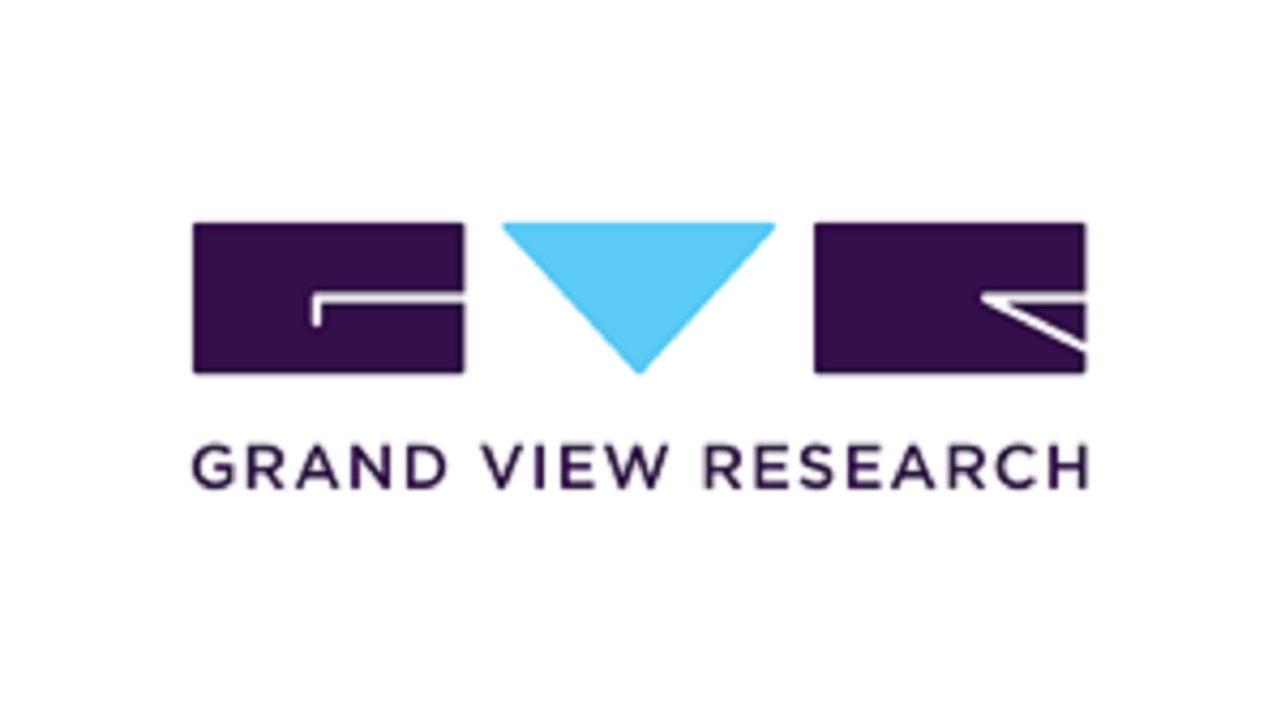The global in-flight entertainment and connectivity (IFEC) market is projected to experience significant growth, with its size estimated to reach USD 11.79 billion by 2030, growing at a CAGR of 8.4% from 2023 to 2030, according to a recent report by Grand View Research, Inc. One of the primary drivers of this growth is the changing demand for seamless connectivity onboard aircraft. As passengers increasingly seek constant access to digital services during their flights, the need for reliable and fast internet has become a central factor propelling the market forward.
One of the key factors fueling this industry expansion is the growing number of long-distance flights being operated worldwide. This trend is expected to create substantial growth opportunities in the coming years, particularly as more passengers travel across continents and spend extended hours in the air. The demand for high-quality in-flight entertainment and connectivity has risen significantly as passengers seek to stay connected to their digital worlds while traveling. The in-flight entertainment & connectivity (IFEC) systems onboard have become more sophisticated, with substantial advancements in wireless connectivity allowing passengers to stream content, communicate, and access online services while flying.
This surge in demand for connectivity presents airlines with ample opportunities to increase their ancillary revenue streams. Passengers are using in-flight gadgets more than ever before, with 65% of passengers opting to stream content on their own devices instead of using traditional seatback unit LCDs for in-flight entertainment. This shift in consumer preferences reflects the growing desire for personalized, flexible entertainment options during flights. According to a survey conducted by Inmarsat, 55% of customers consider in-flight Wi-Fi a crucial service, and 67% of customers stated they would be more likely to rebook with airlines that offer high-quality in-flight Wi-Fi. As a result, airlines are increasingly prioritizing the enhancement of their Wi-Fi services, recognizing its significant role in passenger satisfaction and loyalty.
In response to this increasing demand, many major airline companies are making changes to their aircraft infrastructure. For example, airlines are substituting traditional seatback screens and heavy cabling with onboard Wi-Fi systems, allowing passengers to use their own devices for entertainment, connectivity, and other services. This shift not only provides a more personalized experience for passengers but also helps reduce the overall weight of the aircraft, which can contribute to cost savings and improved fuel efficiency.
Furthermore, airlines are becoming more flexible in their approach to selecting in-flight connectivity service providers. By frequently changing providers, airlines can better understand and compare the performance and general passenger experience associated with different technologies, ultimately choosing the most cost-effective solutions that offer the highest value to both the airline and its passengers. This trend is likely to lead to a rise in alliances and partnerships between airline companies and satellite connectivity providers. These collaborations are essential to ensuring smooth, uninterrupted in-flight connectivity and entertainment services, further driving the overall growth of the market.
Get a preview of the latest developments in the In-flight Entertainment And Connectivity Market? Download your FREE sample PDF copy today and explore key data and trends.
Global In-Flight Entertainment and Connectivity Market: Frequently Asked Questions (FAQ)
1. What is the projected size of the global IFEC market?
The global in-flight entertainment and connectivity (IFEC) market is estimated to reach USD 11.79 billion by 2030, growing at a CAGR of 8.4% from 2023 to 2030.
2. How are airlines adapting to passenger preferences?
Airlines are increasingly adopting wireless in-flight entertainment systems, allowing passengers to stream content on their personal devices. This shift not only caters to passenger preferences but also helps in reducing the overall weight of the aircraft by eliminating heavy seatback screens and wiring.
3. What are the challenges in the IFEC market?
Challenges include:
• High Implementation Costs: The initial investment for advanced IFEC systems can be substantial.
• Content Licensing: Securing rights for a diverse range of content can be complex and costly.
• Technical Issues: Ensuring consistent connectivity and performance across various aircraft types and routes.
4. What are the future trends in the IFEC market?
Emerging trends include:
• Integration of AI and ML: To enhance predictive analytics and fraud detection.
• Mobile-based Verification: Leveraging smartphones for convenient and secure identity verification.
• Blockchain Technology: Utilizing decentralized ledgers for secure and transparent identity management.
• Behavioral Biometrics: Analyzing user behavior patterns for continuous authentication.
5. Who are the key players in the healthcare education market?
• BAE Systems
• Cobham plc.
• Collins Aerospace
• Eutelsat Communications
• Global Eagle Entertainment, Inc.
• Gogo LLC
• Honeywell International Inc.
• Inmarsat plc.
• Iridium Communications, Inc.
• Panasonic Corporation
• Safran (Zodiac Aerospace SA)
• SITAONAIR
• Thales SA
• ViaSat Inc.
Order a free sample PDF of the In-flight Entertainment And Connectivity Market Intelligence Study, published by Grand View Research.


